Recent posts
Shop the article
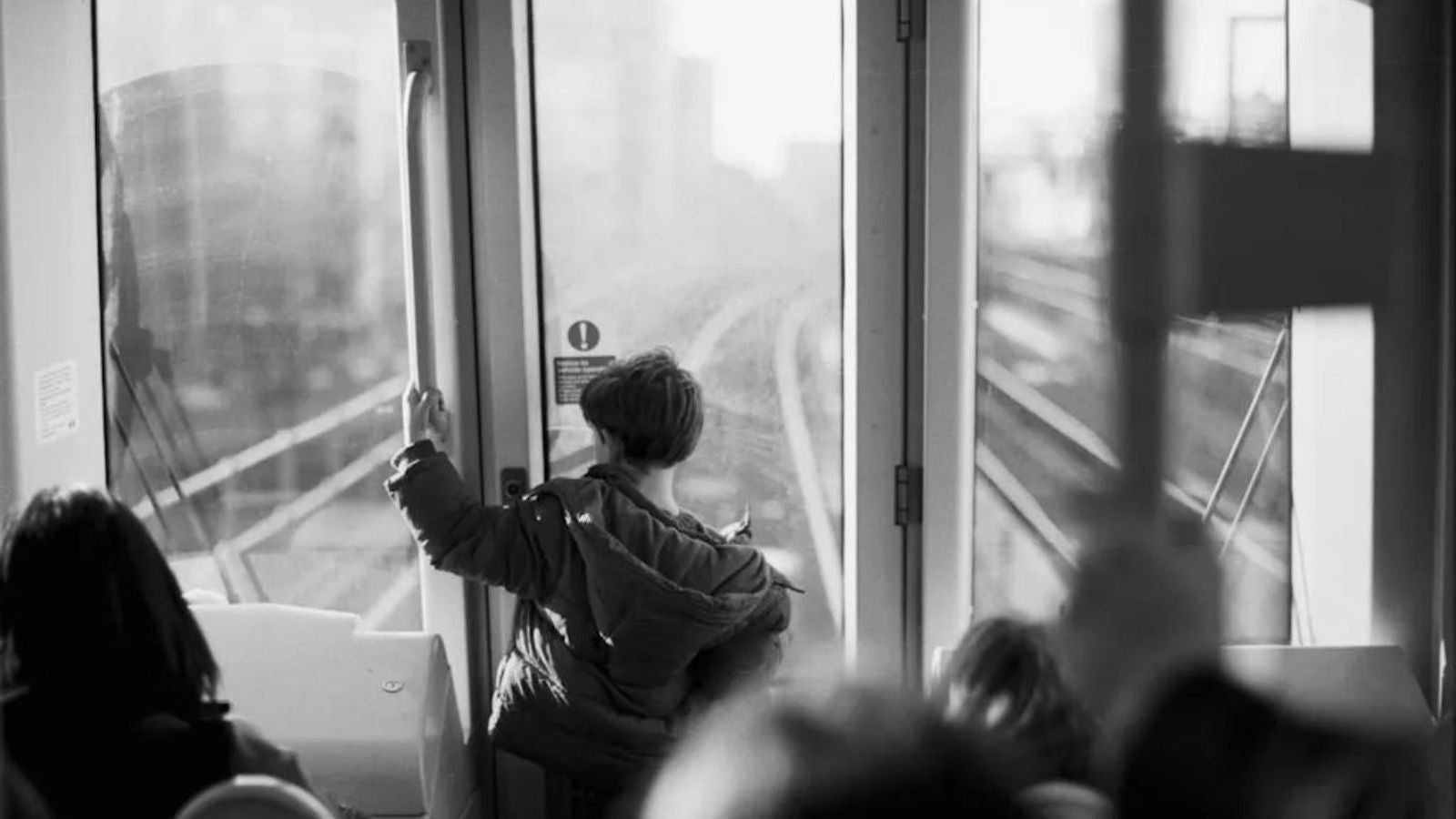
Everything you need to know about Kodak Tri-X
By Karen Freer
The legendary Kodak 400TX, also known as Kodak Tri-X, is a classic black and white film that made its debut in the 1940s. Available in 35mm, 120, and 4x5 large format, this film has quite the history. This blog will give you a greater understanding of Tri-X film along with some tips on getting the best out of it.
Cover Image by @nicwassell
Originally rated at 200 ISO, it underwent a transformation when reformatted for 35mm and 120 rolls, and was reclassified as a 400 ISO film. Back in the day, it revolutionised the world of photography by offering all-weather versatility, granting photojournalists and street photographers the creative freedom to capture moments in challenging conditions without compromising on image quality.
Fast forward to today, and the Kodak 400TX film continues to be a beloved choice among professionals and beginners alike. Its long-lasting popularity can be attributed to its unique aesthetic appeal and the sheer ease with which photographers can work their magic. Join us as we look into the distinct characteristics of this iconic film and explore its versatile applications in the world of photography.

(c) @jdt.film
Tri-X Film Characteristics
It’s quite difficult to describe the characteristics of Kodak Tri-X because of its versatility. This film is able to achieve a variety of different looks while remaining uniquely itself, kind of like a chameleon. You can see how it's look compares to Ilford HP5 in our article Kodak Tri-X vs Ilford HP5
At 400 ISO, Kodak Tri-X serves rich blacks, while preserving great amount of detail in both highlights and shadows, accompanied by distinct, fine grain. Tri-X boasts an incredible tone range, bringing life to otherwise boring midtones, adding a sense of drama to a composition.
Kodak 400TX is a panchromatic film, meaning it is sensitive to all visible colours of the spectrum. Not all colours are presented equally, however. Because of the older formulation of this film, blues are better recorded than reds. With subjects of a similar luminosity, blue subjects will appear the lightest, and red subjects will appear the darkest, with green and yellow in the middle. In practice, you might notice the differences in low-contrast scenes where the sky and bodies of water may appear fairly light while greenery may show in darker greys.

(c) @nickspics9999
The look of Tri-X changes at different speeds and with the use of different developers. You can relatively safely push and pull this film from 200 ISO (-1 stop) all the way to 3200 ISO (+3 stops) to achieve different looks ranging from soft, low contrast, with fine grain, to pushed, high contrast with pronounced grain and rich blacks making it a versatile option for most light conditions. Similarly, use of different developers will affect the final image. Where HC110 developer will produce the mildest results in terms of contrast and grain with lots of detail, other developers like Rodinol will add pronounced grain, contrast but less detail.
Learn more about pushing/pulling film.
Once you choose your ISO, you’ll further benefit from the film’s wide exposure latitude which requires less precise exposures- a must when you only have a second to capture a moment before its over.
The forgiving nature and unbeatable tone range makes Kodak 400TX an excellent choice for professionals and beginners alike. Professionals can leverage the film’s versatility for any situation and light condition and beginners can experiment and learn while still getting decent results in the process.

Photography with Kodak Tri-X
To this day, the classic Tri-X look is heavily associated with works of famous photographers such as Henri Cartier-Bresson and Vivian Maier. Even without knowing these names, the look has become almost synonymous with street photography and is considered a desired look that encapsulates the rawness of the moment.
When shooting landscapes and cityscapes, Kodak 400TX allows you to capture high contrast scenes, such as indoor scenes with large windows in the background and the view of a bright street outside. Thanks to the broad latitude of this film, you can capture details of the street outside as well as details in the shadows of the dim interior. Similarly, you can get creative capturing backlit subjects, preserving a level of detail in their silhouettes.

(c) Ted Smith Photography
Despite being largely regarded as a street photography film, Tri-X is an excellent film to shoot portraits. With its tonal range and great perception of colour, this film is exceptionally good at capturing different skin tones. With deep, obsidian blacks and crisp contrast, Kodak Tri-X makes the model stand out and add a level of depth and emotion to the portrait.
This incredibly versatile film lets you learn and experiment with photography, and when you just need to take a picture quickly, you can rely on this film to make it look good in most cases.
Top Tips for Shooting Kodak Tri-X
- Choose your format - Kodak Tri-X offers a diverse range of formats, from 35mm and 120 medium format to 4x5 large format and even 8mm or 16mm movie film for those seeking a unique challenge. If you're not ready to commit and want a feel for the film first, you could try out the Kodak Tri-X Disposable Film Camera.
- Chase the light - Tri-X is a medium speed ISO 400 film which requires a decent amount of light to perform at its best, and with light comes striking highlights and shadows which are fun to play around with.
- Experiment with pushing and pulling - Whilst it's recommended to shoot at box speed, Tri-X has the capability to be pushed and pulled a fair bit. Pulling could be a good option if you're in a situation with lacking light. There's also experimentation to be had with home developing.
- Capture different subjects - Tri-X is a versatile film and can be used to capture a variety of subjects. Whilst it's traditional use was by renowned photojournalists shooting street and landscape photography, it also works beautifully to create crisp, clean portraits.
- Pick strength over subtlety - This film has quite a high contrast than other black and white films such as Ilford HP5. For this reason, we'd recommend that you photograph scenes with good structure, lines and details to produce some really striking images.
Kodak Tri-X stands as a timeless favourite in black and white photography. Its rich history and versatility appeal to both professionals and beginners. With rich blacks, fine grain, and a wide exposure latitude, Tri-X excels in diverse shooting conditions. From street photography to landscapes and portraits, its deep blacks and crisp contrast bring depth and emotion to every frame. For those seeking to experiment and learn, Tri-X remains a reliable companion.
PS. Don’t miss the Kodak Tri-X winter competition 2024– a chance to showcase your creativity and win prizes. Apply here.
You can buy Kodak Tri-X here.
Ready to dive in?
Keep Reading
View all
Experimenting with the Newest Addition: Ferrania P33 Film Review
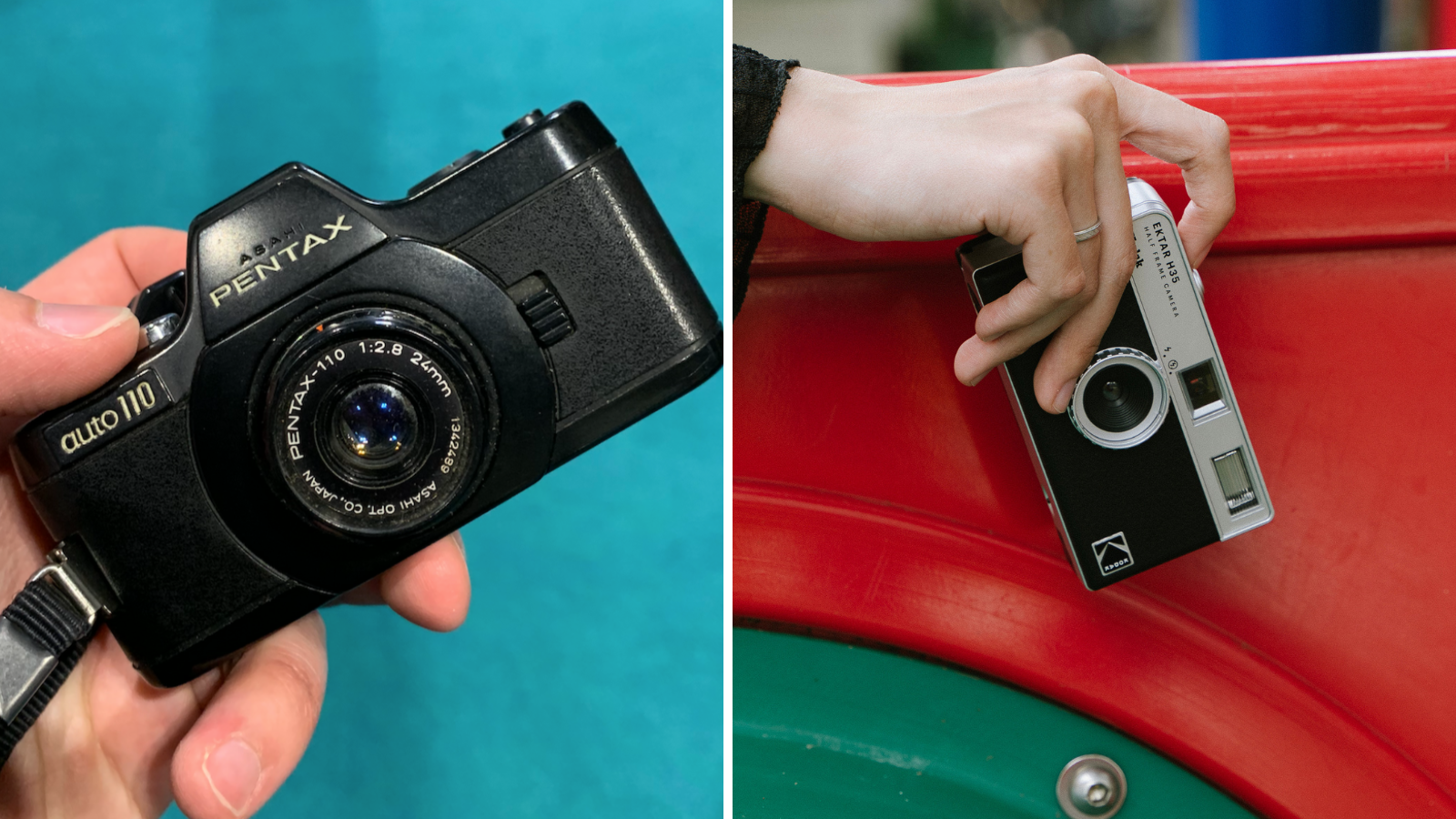
Half-Frame vs. 110 Film: Compact Convenience

Analogue Appeal: Why Do People (Still) Shoot Film?
Subscribe to our newsletter 💌
Sign up for our newsletter to stay up to date on film photography news, sales and events:
Free Tracked Shipping
On all UK orders over £50
Passion For Film
An unbeatable range and an on-site lab
Our Customers Trust Us
Thousands of independent 5* reviews
All Deliveries are Carbon Neutral
Independently audited and verified by Planet
- Opens in a new window.

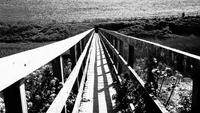


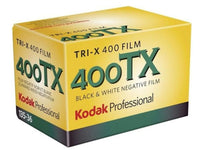
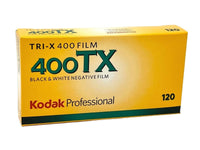
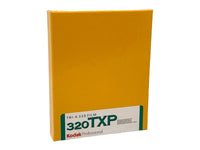
2 Comments -
David Murray • -
Steve h •
Well Steve H: do you enjoy using your equipment with Fomopan? Why do you have to lower your expectations? Of course, little is cheap nowadays. I but my Tri-X from ebayuk sites in packs of 10 and have also bought expired. It’s only a date, probably picked at random, printed on the side of the box. I once consumed a Tim of Heinz Macaroni Cheese that was four years out of date. I wasn’t even sick.
Please, continue to enjoy your photography. All the best from England.
Yes yes I know about tri x. It was all we shot from bulk ack in high school. And it was cheap. Now all I need to know is it’s stupid expensive even after their price drop! Hp5 is better and cheaper though still too much. I’m pretty much relegated to Fomapan. And I have to lower my expectations accordingly.